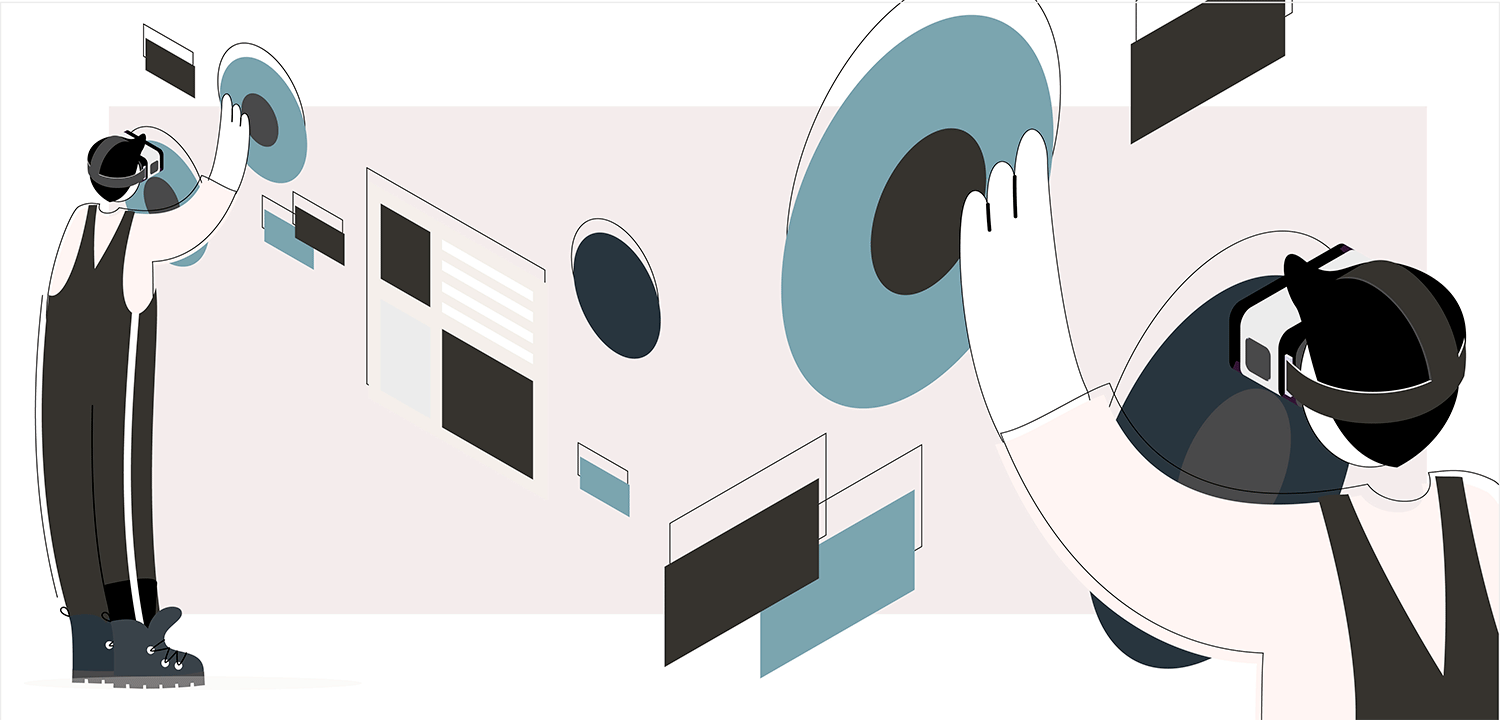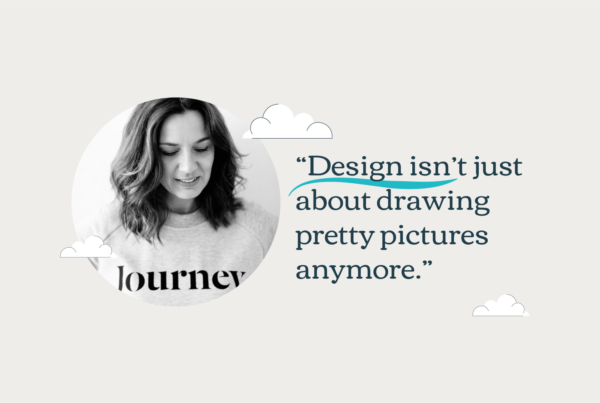Virtual reality glasses could be set to become as common a sight in schools and workplaces as mobile phones and laptops. But how is the landscape for training using VR changing, and how should companies go about integrating the technology into their development programmes?

Lucie Hammond
Learning has long been associated with the classroom and even with the evolution of computer technology, the focus has remained on one person relaying information to many others. Virtual reality (VR) has tipped this tradition on its head, creating an exciting way for pupils – and employees – to learn new skills.
But how can companies go about adopting VR into their own learning and development programmes?
In part two of our blog, we discuss VR training trends, lessons for in-house learning development teams, and the best kit to invest in with our partner, Lucie Hammond, chief executive at immersive learning developer BeingVR. In case you missed it, part one can be found here.
Lucie, what are the main trends in the VR training space?
VR for training is moving fast. With significant barriers such as the functionality, performance and cost of hardware decreasing rapidly, it won’t be long before most people own VR glasses.
Clunky headsets that only the Walmarts of the world can afford for their staff will soon reduce in size and cost and be issued to all employees, just like phones and laptops. Post-Covid-19, this process is likely to accelerate as companies and individuals look for better ways to connect, communicate and educate remotely.
Mid to long-term, I expect augmented and mixed reality to surge and users to embrace learning experiences that are more collaborative and creative.
Use of virtual meeting spaces as classroom and boardroom will become the norm. Engage, Altspace and Rumii already provide virtual rooms and avatars of varying quality for users to represent themselves – sharing, networking and communicating with other people in the same virtual space.
In terms of new applications for VR, I hope there are opportunities for the technology to assist in training frontline health workers in the Covid-19 trenches to safely and quickly familiarise themselves with unprecedented scenarios and equipment.
BeingVR is also currently looking at developing virtual reality mindfulness experiences to help minimise anxiety and other mental health issues associated with crisis and trauma.
Is VR training purely observational or are there ways to bring interactive elements into it?
Just as in a story narrative, the user point of view can be the position of a third person observer – a fly on the wall, or from above. Role play scenarios can also present characters and information from a first-person perspective, which means the learner can be inserted into the hot seat and expected to respond to continue the learning path or story.
Both have their merits in a learning context and can be used to determine the level and intensity of interactivity for the participant.

What advice would you give to in-house learning and development teams who would like to try this out but need to keep costs down?
Learning and development teams can begin to explore this medium with very little cost and effort. They already often the skills required to develop VR scenarios, such as defining learning outcomes for a module, creating storyboards for scenarios that demonstrate these outcomes in context, and structuring assessment criteria for gamified and instant testing and feedback. These are some of the key elements we use to prepare.
In our briefs, we often go a layer deeper, to ask questions like ‘are you adequately representing your diverse workforce and customers in the characters worked into your script?’ and ‘who or what are the people or traits you want staff to relate to or reflect on?’
All of the pre-planning has an impact on the end result. The more realistic you can make it, the more potential it has to change your people and culture.
Try filming mock scenes in 2D with your phone or an SLR camera and use this as your prototype. 360-degree video is a great way to begin using immersive content in a blended delivery.
How easy is it to roll training like this out to global teams?
One of the main benefits of VR training is the ability to scale globally and to reduce cost per unit with every additional team member trained using the product. The ability to repeat and refresh learning regularly is a massive plus for retention and recall, strengthening our neural pathways more each time – just like a muscle.
Most customers develop one version first, which can then be further customised as needed. Changes can often be made in the delivery of the VR practical exercise if inserted into a workshop, or to the self-paced learning material distributed online as an accessory to the VR module.
Once the platform and structure are planned, additional build becomes easier and faster – a little like building a house and renovating to add additional bedrooms.
Is there any other advice you’d like to offer people considering developing or trying VR training?
My biggest tip is to purchase a headset like the Oculus Go or Oculus Quest and get familiar with the free apps available and how they work. Before you build your own content, play around and figure out what you like and don’t like and how some of the features might translate into your own role plays or practical skills training.




